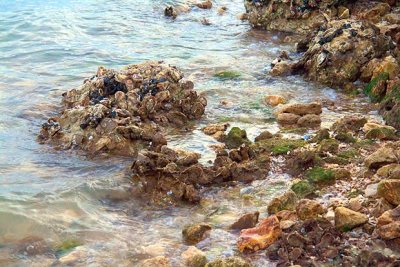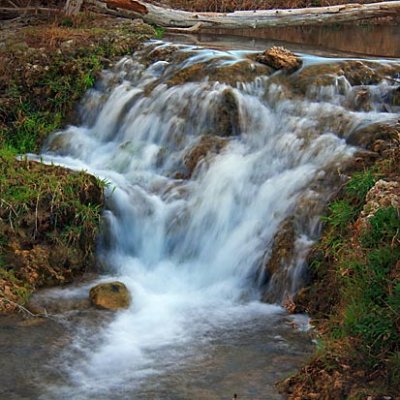





 |
 |
 |
 |
 |
 |
| Gordon W | profile | all galleries >> Tips & Techniques Galleries >> Feathered (Blurred) Motion From High Speed Exposures | tree view | thumbnails | slideshow |
 Feathered Water High Speed Experiment 36542 |
 Feathered Water High Speed Experiment 36542-51 |
 Feathered Water High Speed Experiment 44570 |
 Feathered Water High Speed Experiment 44570-77 |
| Linda Matta | 05-Feb-2013 14:05 | |